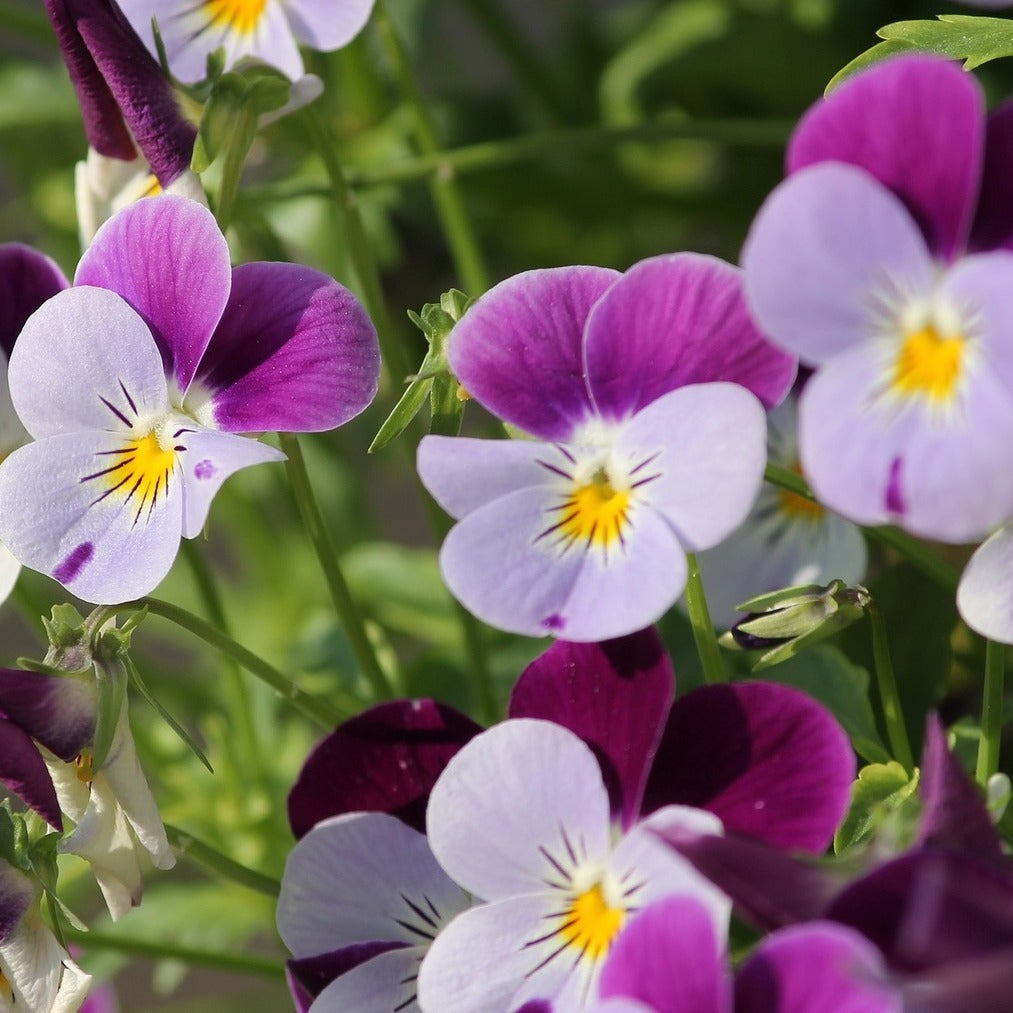
What Are Annual Plants And Flowers - Know The Difference
Share
Annual plants are seasonal lived plants that can be found in any hemisphere of the globe (except for the frozen extremes). Simple explanation - once planted annual plants will only last one year or life cycle.
They grow from seeds into seedlings, then in fully grown plants with flowers. Through pollination process they produce seeds, then die off due to winter months, leaving those seeds for the next generation. Hence they need to be planted every season (mostly during spring, depending on which part of the world you live).
During their life cycle, they will be in full bloom longer compared to perennials, hence they are preferred for ornamental purposes and planted during spring. Some of the famous annual flowers include zinnias, vinca, cornflowers, marigold, and petunias.
Most Annuals that are cultivated are usually for ornamental or agricultural purposes. When it comes to the ornamental purpose they tend to be not just flowers but also various shrubs, tall grass, and weeds that are usually non-native to the environment.
But for the agricultural process, there are plenty of examples we can choose from that are considered annuals like peppers, tomatoes, eggplants, all kinds of beans, peas, radishes, carrot, broccoli, okra, pumpkins, lettuce, spinach, chard, squashes, cucumbers, peanuts, pretty much all kinds of grains including rice, wheat, millets, etc.
Also when it comes to annual plants and in most parts of the world, they can be broadly classified into two types:
1) Hardy Annuals: As the name suggests they tend to be a little bit tougher than the semi-hardy annuals. They can withstand some frost and cold, so they tend to follow through onto the next season thereby leaving seeds for the next generation. Some of the famous examples are Salvia Victoria, Cornflowers, Bachelor buttons, Nigella, Calendula, and Larkspur.
2) Semi or cold/warm season Annuals: These tend to be little sensitive plants when it comes to frost compared to hardy annuals, they are usually germinated in temperature-controlled greenhouses or indoors for 4-8 weeks depending on the species.
Once the dangerous frosts season is completed they can be planted outside and they will bloom just like the hardy annuals and continue on with their life cycle. Some of the famous flowers under these categories are: Gazania, Dahlia, Geranium, North American Begonia, and Tuberous Begonia.
There are some special cases where due to various factors such as climate, genetic modifications, geographical locations., some annual plants tend to develop characteristics of both annuals and perennials by adapting to the changes to survive.
These types of plants are categorized as hybrids and highly sought after for their commercial purposes. They don't live forever but longer than regular life cycles of annuals. Some of the examples of these would be mums, pansies, etc.
At the end of the day, fundamentally any plant that uses the pollination process to produce seed and germinate and produce seed for next-generation within the seasonal life cycle in its native environment is considered an annual plant.
